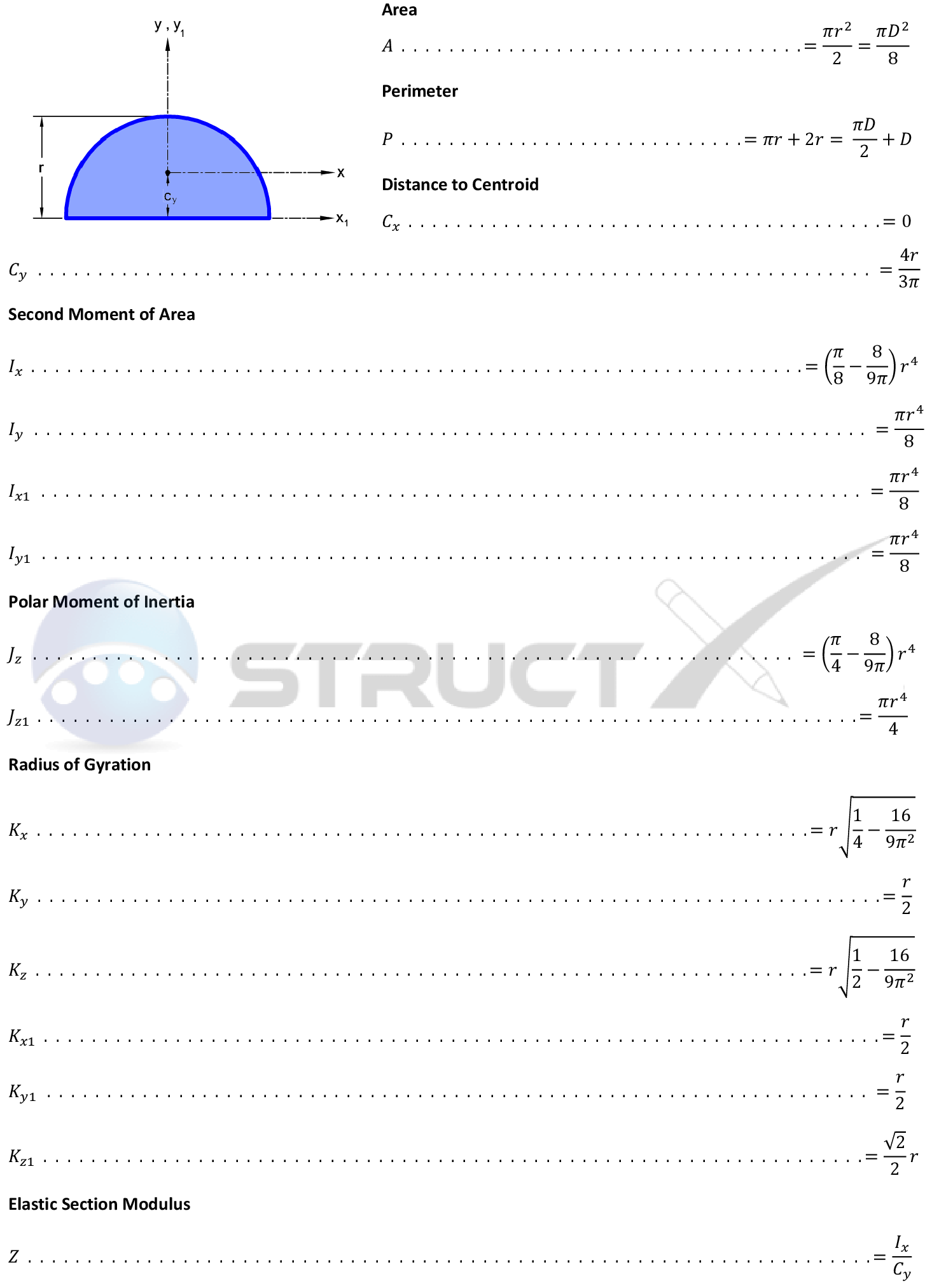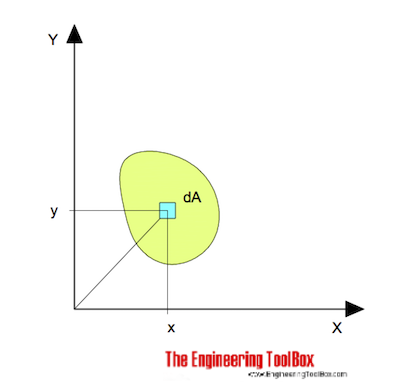

Here the moment arm is raised to a power of 2. The moment of inertia calculated for an area is called the second moment of inertia. Similarly, the first moment of inertia about y-axis would be given by,

Hence the first moment of any area calculated about x-axis would be given by The first moment of inertia means the moment arm would be raised to a power of one. Similarly, if we replace the summation by integral then we can find the moment of inertia of a continuous solid body rotating about a particular known axis,ĭ (r ) = Distance from a given point r to the known axis of rotation. Here r i is the distance to the axis on which rotation is done to any other point and not distance of the point to the origin. Moment of inertia is given by the following equation, through the center as axis of rotation where a and b are tables measurements It would be calculated in the same manner as explained above. The moment of inertia of a table would be the same as the moment of inertia of rectangle for different axis of rotation.

It is denoted by a matrix I with components shown as below: The quantity which allows us to calculate moment of inertia about arbitrary axes like z, etc., is called Moment of Inertia. The difficulty faced to change the angular motion of any object about an axis is shown or given or measured by calculating moment of inertia about that particular axis. The moment of inertia plays the same role for rotation as the mass does for a translational motion, it describes the resistance of a body to a change of its state of motion. It depends on the shape and mass distribution of the body, and on the orientation of the rotational axis. I and J are used as symbols for denoting moment of inertia.The moment of inertia describes the angular acceleration produced by an applied torque. The resistance that is shown by the object to change its rotation is called moment of inertia. The concept of moment of inertia was introduced by Leonhard Euler.


 0 kommentar(er)
0 kommentar(er)
